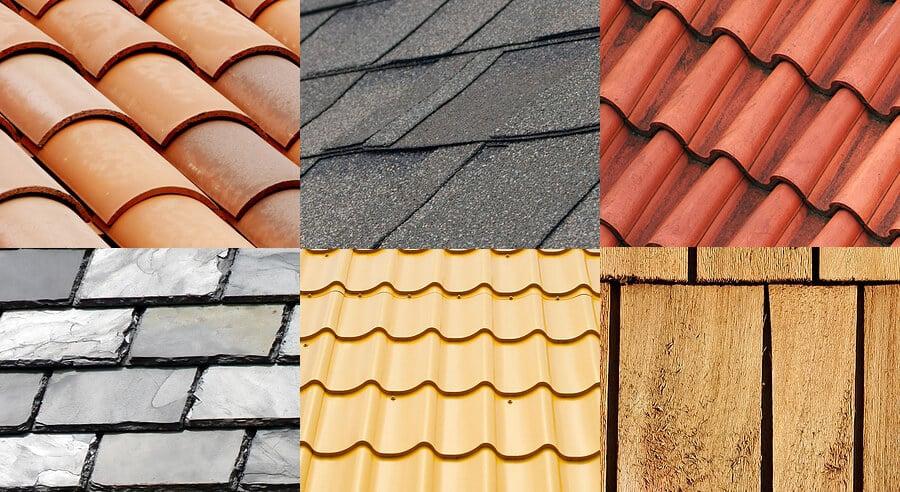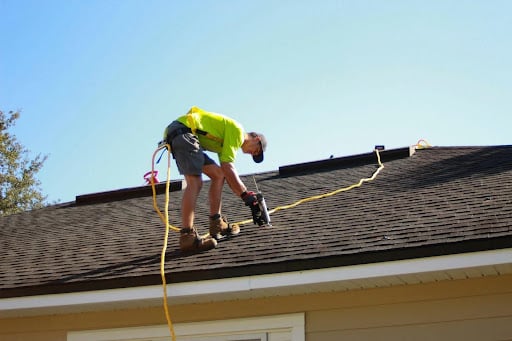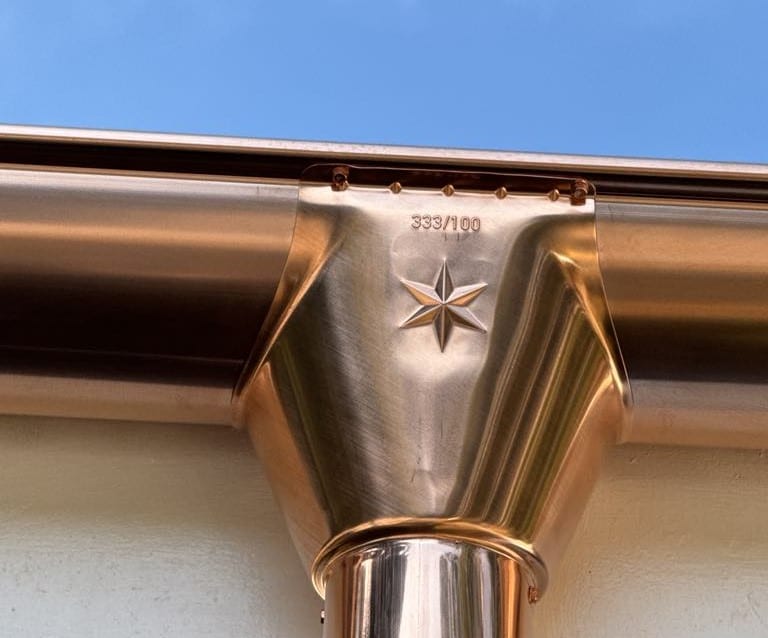Choosing the right roofing material isn’t just about aesthetics or price-it’s also about how well your roof will stand up to your local climate. Different roofing materials offer varying levels of protection, durability, and energy efficiency depending on the environment.
Here’s a guide to help you select the best option for your specific climate conditions. Read on.
Table of Contents
Understand Your Local Climate
The first step in choosing roofing materials is to understand the weather patterns in your area. Is it hot and sunny most of the year? Do you experience heavy rain, snow, or strong winds?
Roofing that works well in dry, hot climates may not perform as well in areas with frequent storms or freezing temperatures. Consulting the best roof installer can help you choose the right materials for your home.
Hot and Dry Climates
For regions like the Southwest U.S. or desert areas, roofing materials need to withstand intense sunlight and high temperatures. Clay or concrete tiles are ideal because they reflect sunlight and offer natural insulation.
Metal roofing also performs well, as it reflects heat and can help lower cooling costs. On the other hand, dark-colored asphalt shingles are not recommended for these climates since they absorb heat and degrade more quickly.
Cold and Snowy Climates
In regions with long winters, freezing temperatures, and heavy snowfall, roofs must be durable and well-insulated. High-quality asphalt shingles are a reliable choice for withstanding snow and ice. Metal roofs are also effective in cold climates because they shed snow easily and resist ice damage.
Slate tiles are another excellent option due to their strength and natural resistance to moisture, although they tend to be more expensive. It’s important to ensure your roof has good insulation and ventilation to prevent issues like ice damming.
Rainy and Humid Climates
For areas with frequent rain or high humidity, the right roofing material can prevent leaks, mold, and algae buildup. Metal roofing works well in wet environments because it’s waterproof and doesn’t support mold growth. Asphalt shingles with algae-resistant coatings are designed specifically for moist climates.
Synthetic roofing materials made from rubber or plastic also perform well due to their high resistance to water and mildew. Proper drainage and a moisture-resistant underlayment are crucial additions in these regions.
Windy and Storm-Prone Areas
In coastal or storm-prone regions, roofing must withstand high winds and heavy impacts. Metal roofs are a strong choice, offering excellent wind resistance when properly installed.
Architectural shingles, which are thicker than standard shingles, also hold up well under strong winds. Concrete tiles can provide stability due to their weight, but they need to be securely fastened to avoid shifting or damage during storms.
Get the Best Roof for Your Home
Your roof is your home’s first line of defense against the elements. Choosing the right material based on your local climate can save you money in repairs, increase energy efficiency, and extend the lifespan of your roof.
It’s always a good idea to consult with a local roofing professional who understands your area’s climate and building codes. With the right guidance, you can invest in a roofing system that protects your home for years to come.
If you want to read more articles, visit our blog.





